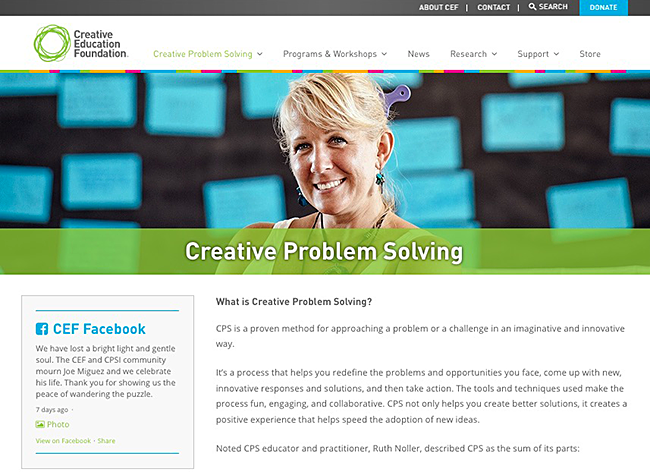

This problem-solving technique requires you to move beyond your comfort zone and consider a problem from a range of different perspectives by essentially wearing different thinking hats. Fortunately, using Mind Maps in your problem solving can help you to organize your thoughts, as well as stimulate your brain to devise more creative ideas – which is essential for every stage of the CPS Model. Solving a problem can be stressful and overwhelming when you first attempt to tackle it, which can make it harder to generate potential solutions. With this in mind, it shouldn’t be surprising that Mind Mapping also lends itself to being a great problem-solving technique. Though they’re also an effective tool for boosting memory and recall due to their visual nature (often incorporating a range of shapes, colors and imagery), their flowing layout and use of keywords and short phrases also encourage our brains to make associations between ideas, thus enabling us to think more creatively. Mind Maps, by their very nature, are creative. With all that in mind, here are just some of the techniques you can utilize to become a creative problem solver: Mind Mapping

In addition to this, 90% of surveyed educators said that it should be implemented across all curricula in education. As Adobe has pointed out, the US Department of Education, World Economic Forum, and Bloomberg have all indicated that the jobs of the future will require creative problem-solving skills.

It was developed with the help of Sid Parnes in the 1950s, becoming the Osborn-Parnes Creative Problem Solving process called the CPS Learner’s Model.Īccording to the Creative Education Foundation (which was founded by Osbourne), CPS begins with the assumption that everyone is creative in some way, and that creativity can be learned or developed further.

So, what exactly is a Creative Problem Solver and how can you become one? What is Creative Problem Solving?Ĭreative Problem Solving is a term that has been around for many years, initially being coined by Alex Faikney Osbourne in the 1940s (who is also responsible for popularizing ‘ brainstorming’). It’s all about knowing the right tools and techniques to help get you there. This makes you far more likely to achieve your personal and business goals.īut don’t worry if you don’t consider yourself to be a creative thinker everyone has the power to be creative.
CREATIVE PROBLEM SOLVING BREAKING HABITS CRACK
By utilizing creativity in problem solving, you can devise innovative solutions that might be just the ticket, but others haven’t thought to try.Īdditionally, if you can’t crack the riddle with conventional methods, Creative Problem Solving (CPS) will stop you from giving up at the first hurdle. This is because not every problem is the same, and they can’t all be solved in the same way. In fact, when it comes to solving problems, creative thinking becomes incredibly useful. Though ‘creativity’ is a quality that’s most commonly associated with art, design and writing, it is a highly flexible skill that can be applied to countless tasks – making it one of the most important to have under our belts. No matter the task at hand, becoming a creative problem solver is something we should all strive to achieve as it can help to give us fresh perspectives when troubleshooting problems that, at first glance, appear to be unsolvable. Problem solving and creative thinking these are two great skills to possess in various areas of your life, from education to the workplace, and ones that work in perfect harmony with each other. JanuHow to become a creative problem solverīy Louise Cunnah posted in Quick Tips.


 0 kommentar(er)
0 kommentar(er)
